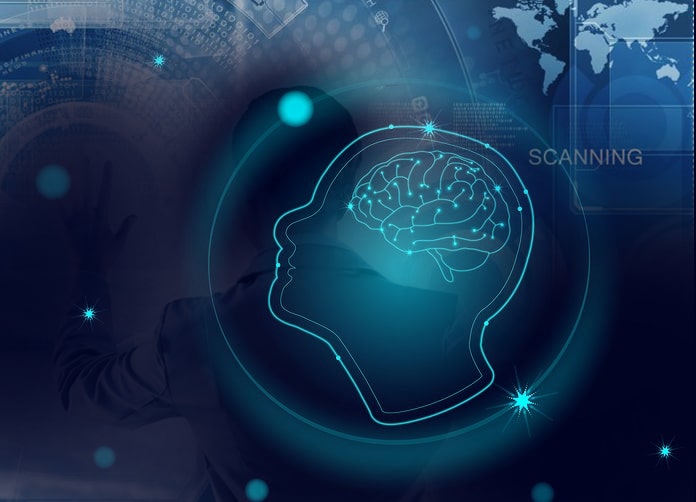According to Wikipedia, ‘machine learning (ML) is the scientific study of algorithms and statistical models that computer systems use to effectively perform a specific task without using explicit instructions, relying on patterns and inference instead. It is seen as a subset of artificial intelligence.’ This article introduces novices to an exciting field.
Arthur Samuel is the founder of machine learning. He describes it as “a field of study that gives the ability to the computer to self-learn without being explicitly programmed.” This means permeating knowledge to modern day machines without coding them. Machine learning (ML) focuses on the creation of computer programs that can develop, grow and change whenever they are needed to. Machine learning uses different algorithms for the purpose of self-learning.
The need for machine learning
As we know, people worldwide use different technologies, which generate a huge amount of data every day; it is not easy to manage and access this data. More than 80 per cent of this immense amount of data is not structured and includes documents, audio, video, etc. It is an impossible task for humans to manage this humongous data. This is where ML comes into action, to reduce the time required to process this massive amount of data.
Classification of machine learning
Machine learning can be classified into three categories.
Supervised learning: This is the primary kind of ML, in which marked information is used to prepare the algorithms. In supervised learning, algorithms are prepared utilising checked information, where the information and the yield are known. We input the information in the learning algorithm as a lot of data sources, which are called features, indicated by X alongside the related yields, which are demonstrated by Y. The algorithm learns by contrasting its genuine generation and right yields to discover mistakes. The crude information is partitioned into two sections. The initial segment is for preparing the algorithm, and the other locale is used to test the prepared algorithm.
Supervised learning utilises the information examples to anticipate the estimations of extra information for the names. This technique is regularly used in applications where authentic information foresees likely outcomes.
Unsupervised learning: This is the second sort of ML, in which unlabelled information is used to prepare the calculations, which implies that it is utilised against information that has no verifiable names. What is being demonstrated must be made sense of by the calculations. The intention is to investigate the information and discover some structure within it. In unsupervised learning the information is unlabelled, and crude data is contributed in a straightforward way to the calculation without pre-preparing the information and without knowing the yield of the information. Also, the data cannot be partitioned into training or testing information. The calculation makes sense of the information and, as indicated by the information portions, it puts together bunches of information with new marks.
This learning method functions admirably on value based information. For instance, it can distinguish clients with comparable properties, which can then together be promoted with similar marketing efforts. Or, on the other hand, it can locate the essential characteristics of different client sections. These calculations can be used to section content points, prescribe things and recognise information exceptions.
Reinforced learning: This is the third kind of machine learning in which no crude information is given as contribution; rather, support learning calculation is needed to make sense of the circumstance by itself. The reinforcement adapting every now and again is used for mechanical autonomy, gaming, and navigation. With reinforcement learning, through experimentation and calculation, it is possible to find which activities yield the biggest prizes. This sort of preparation has three primary parts — the ‘specialist’ which can be depicted as the student or leader, the ‘earth’ which is portrayed as everything the operator connects with, and ‘activities’ which inform what the operator can do.
The goal is for the specialist to take up activities that expand the normal reward over a given proportion of time. The operator will achieve the objective much better by following a decent strategy. So the motivation behind support learning is to gain proficiency with the best arrangement.
Applications of machine learning
Machine learning can be used in various fields such as medicine, defence, technology, finance, security, etc. In these fields, different applications of supervised, unsupervised and reinforcement learning can be used.
On a concluding note, ML is a great field of information technology, and can bring about drastic changes in the way we live.












































































